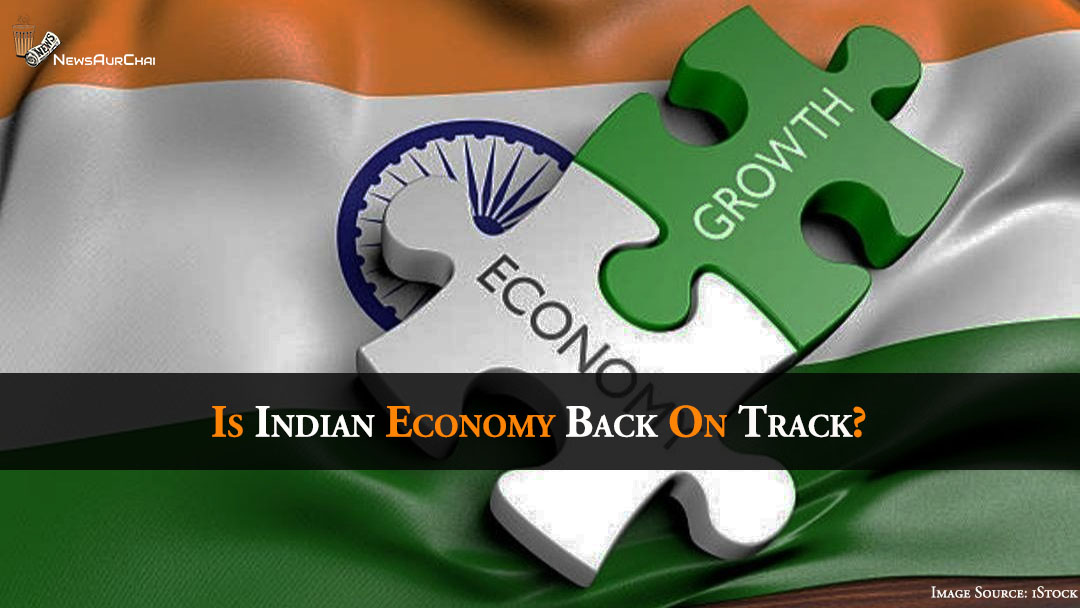
According to a United Nations study on January 16, 2020, the global economy recorded its lowest growth of 2.3 per cent in 2019. As a result, the GDP growth in India and some other large emerging countries is expected to gain momentum. As per the case study, the prolonged trade disputes led to the economic crisis and lowered the current and next fiscal forecasts for the economy of India. According to the UN, World Economic Situation and Prospects (WESP) 2020, a growth rate of 2.5 per cent can be achieved in 2020, but the rise in trade tensions, financial turmoil, geopolitical issues, protests all these may hamper the recovery process.
UN lowered its estimate for India’s GDP growth to 5.7 per cent in the current fiscal year from 7.6 per cent that had been estimated in WESP 2019, 6.6 per cent from the previously forecasted 7.4 per cent for the next fiscal year, 6.3 per cent for the beginning of the fiscal year 2021. The study also mentions that one out of five countries will face per capita income to stagnate or decline, but in the case of India, the GDP growth level may exceed 4 per cent level.
The UN report quotes, “Growth in other large emerging countries, including Brazil, India, Mexico, the Russian Federation and Turkey, is expected to gain some momentum in 2020. The share of the population living in extreme poverty has declined steadily and significantly over the past few decades, largely owing to successful experiences in China and India”.
International Monetary Fund (IMF) Chief Kristalina Georgieva believes that the slowdown in the growth of India’s GDP is temporary and expects that the momentum will gain pace in 2020, “We had a downgrade in one large market India, but we believe that’s temporary. We expect the momentum to improve further going ahead. There are also some bright spots like Indonesia and Vietnam”.
India had been the world’s fastest-growing major economy till its GDP hit a rough patch in 2019 expanding at more than the 6-year low pace in the July-September quarter. However, India acquired the fifth spot in the world’s largest economy rankings of 2019 with a GDP of 2.94 trillion dollars, following the US, China, Japan, and Germany.
As per media reports, “The slowdown may just be a blip, after all. The World Bank, in the South Asia Economic Focus, said the country was expected to gradually recover to 6.9 per cent in 2021 and 7.2 per cent in 2022 on the back of an accommodative monetary stance. Reserve Bank of India (RBI) Governor Shaktikanta Das sees the emergence of some green shoots – such as rise in the cost of projects sanctioned by banks and financial institutions, and higher investments in fixed assets by India Inc.”
Industrialist Baba Kalyani said in World Economic Forum 2020 in Davos, Switzerland that Indian economy, besides global economy, is facing a down-cycle and growth will rise after the following two quarters. They are witnessing signs of improvement “slowly, but steadily” as the decline is cyclical and not structural.
Economists say that India’s policies of IBC, GST, healthy investment rates and a strong, fast-expanding middle class hold great potential for the economy. The ambitious target set by India to become a 5 trillion dollar economy by 2024 is termed by FM Sitharaman to be “challenging” but “realizable”. Therefore, the budget announcement of February 1, 2020, will play a crucial role in all these spheres.






One Comment